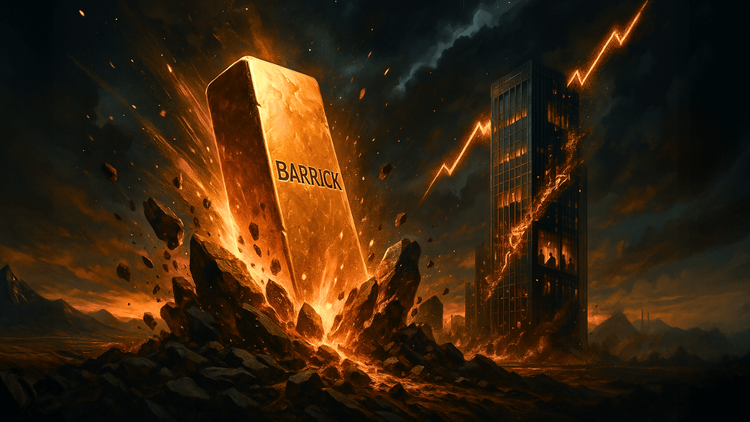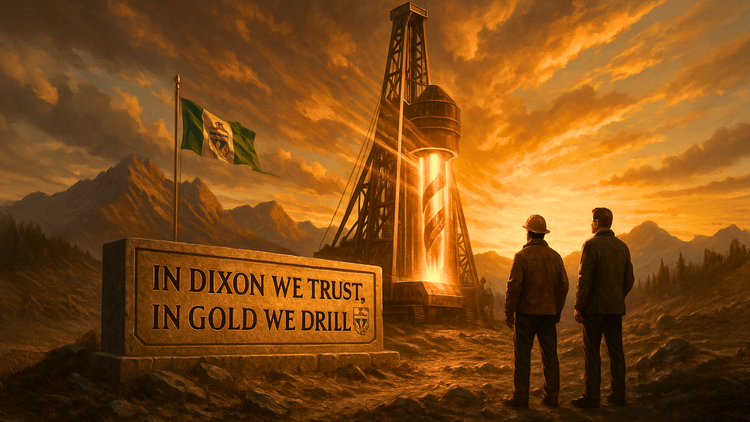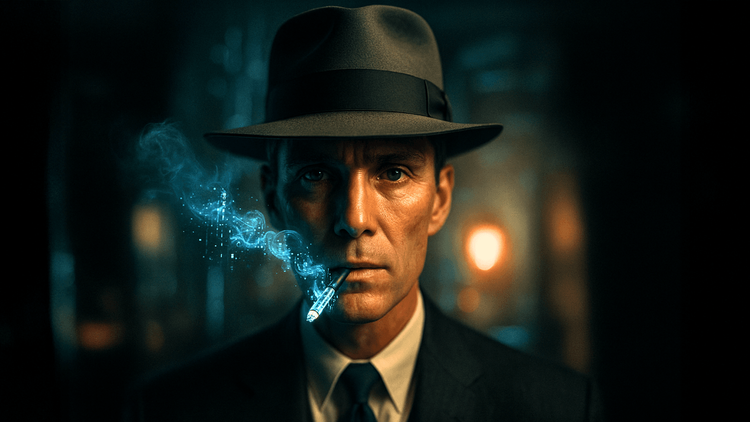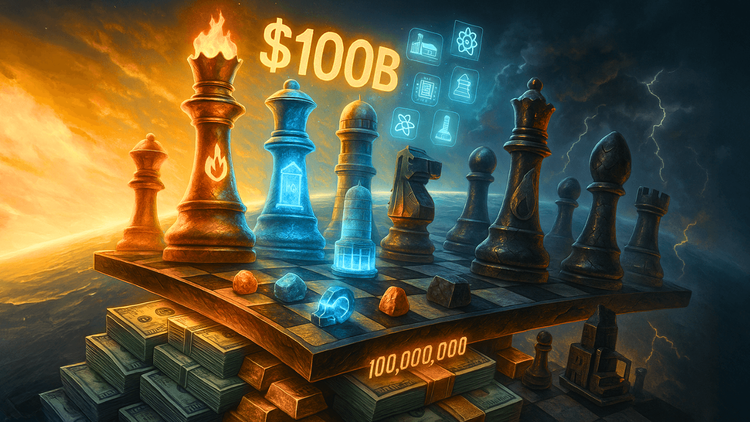Fifty Shades of Silver: The Metal Gets Its Groove Back
A historic surge in silver prices signals not just investor excitement but deep anxiety over global markets, fiat currencies, and the balance between industrial demand and financial fear.

For the first time in more than four decades, silver has shattered through the $50-per-ounce barrier, touching $51.23 in a stunning rally that has captivated global markets. The last time the white metal reached such dizzying heights was in 1980, during the infamous Hunt brothers’ squeeze—a speculative frenzy that ended in collapse. But this time, the story is different.
Today’s silver surge isn’t driven by a few oil tycoons trying to corner the market. It’s being powered by a cocktail of macroeconomic fear, industrial demand, and a global shift toward tangible assets in a digital, debt-saturated world.
The White Metal’s Moment
Silver’s year-to-date gains have soared to nearly 70%, outpacing even gold, which itself hit a record $4,000 an ounce this year. The rally reflects more than just investor enthusiasm—it’s a collective signal that faith in fiat currency is fading. With U.S. deficits ballooning, inflation refusing to retreat, and political pressure mounting on the Federal Reserve, investors are hedging against what they see as the slow erosion of money’s value.
“The conversation around debasement, irrespective of its realities, has ignited investors’ enthusiasm towards gold and silver to the point where regression analysis gives way to something more akin to how investors view AI or the technology sector,” said Kieron Hodgson of Peel Hunt. It’s an extraordinary statement—equating silver’s rally to the fervor around artificial intelligence—but one that perfectly captures the mood.
Investors aren’t just buying metal; they’re buying security, a psychological refuge from financial instability. Silver has once again become a barometer of trust—or rather, distrust—in the system itself.







